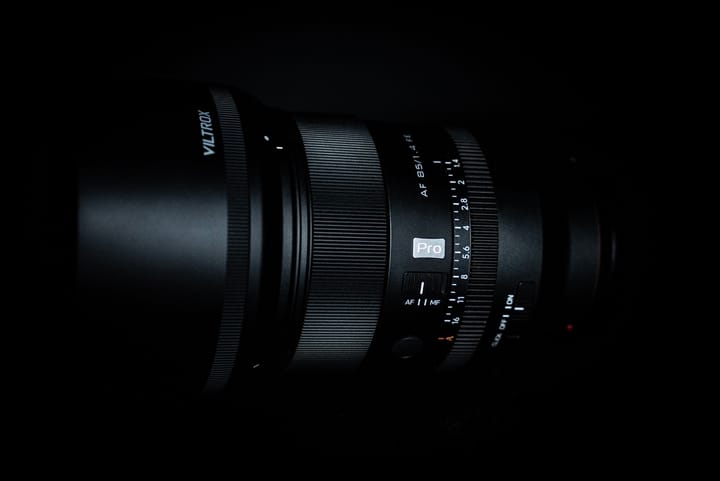A Comprehensive Photography Basics Guide in 10 Minutes

Introduction
Photography, a beautiful blend of art and technology, often appears complex to beginners. However, in the spirit of the Pareto Principle, we're about to unveil the 80% of photography essentials that will take you 20% of the way to becoming a proficient photographer. Think of this as building a solid foundation upon which you can construct your photography prowess. Buckle up for a whirlwind tour as we break down the key concepts covered in the YouTube video "PHOTOGRAPHY BASICS in 10 MINUTES."
Understanding the Core Concepts
1. ISO - The Sensitivity of Light
Let's start with ISO, the first parameter to set in any photography scenario. ISO determines your camera sensor's sensitivity to light. High ISO values make the sensor more sensitive, while low ISO values make it less sensitive. But here's the catch: higher ISO settings introduce more grain and noise, degrading image quality. The video demonstrates how ISO affects image quality using a range of ISO settings. Remember, the choice of ISO is influenced by the lighting conditions. Outdoors, opt for lower ISO values, while indoors or in low light, increase it to avoid underexposed images.
2. Aperture - Control of Depth and Light
Next up is aperture, often measured in f-numbers. It determines two critical factors: depth of field (how much of the image is in focus) and the amount of light that enters the camera. Wide apertures (small f-numbers) create a shallow depth of field, isolating your subject from the background. Narrow apertures (large f-numbers) achieve greater depth of field, ensuring more of the scene is in focus. Aperture also impacts exposure; wider apertures allow more light in, and narrower apertures reduce light. The video provides a clear visual representation of how aperture affects depth of field and light.
3. Shutter Speed - Capturing Motion
Shutter speed dictates how long the camera's sensor is exposed to light. Fast shutter speeds freeze motion, making them ideal for capturing fast-moving subjects or scenes. Slow shutter speeds introduce motion blur, which can be creatively used for artistic effects. The video illustrates the effects of different shutter speeds on moving subjects and static scenes, emphasizing the importance of adjusting shutter speed to suit the situation.
4. The Exposure Triangle
These three elements—ISO, aperture, and shutter speed—form the exposure triangle, a delicate balance that defines the exposure of your photograph. Understanding their relationship is key to capturing well-exposed images. As one parameter changes, the others must be adjusted to maintain the correct exposure. The video offers a simple analogy and a visual representation to demystify the exposure triangle.
5. Shooting Modes - Auto, Aperture Priority, and Manual
The video delves into the different shooting modes: Auto, Aperture Priority, and Manual. Auto mode lets the camera make all the decisions, Aperture Priority allows you to control aperture while the camera sets shutter speed, and Manual mode gives you full control over all settings. The video explains when and why you might use each mode, giving you the power to choose the best mode for your creative intent.
6. White Balance - Colors in Different Lighting
White balance ensures that colors appear true to life despite varying lighting conditions. Different lighting sources can cast different color tones on your photos. The video demonstrates how adjusting white balance can correct or enhance the colors in your images, showcasing the impact of different white balance settings.
7. Composition - Framing Your Vision
Lastly, the video touches on composition—the art of arranging elements within a frame. While not elaborated on extensively in the video, the importance of composition cannot be overstated. Elements like the rule of thirds, leading lines, symmetry, and framing can elevate your images from snapshots to works of art.
Conclusion
In just 10 minutes, the YouTube video "PHOTOGRAPHY BASICS in 10 MINUTES" distills the essential concepts that form the foundation of photography. With ISO, aperture, shutter speed, and the exposure triangle under your belt, you possess the tools to manipulate light, freeze motion, and craft well-exposed images. Understanding shooting modes and white balance adds versatility to your photographic toolkit. As you embark on your photography journey, remember that practice and experimentation are your greatest allies. Armed with this newfound knowledge, you're equipped to create captivating images, troubleshoot issues, and continue delving into the captivating world of photography.


